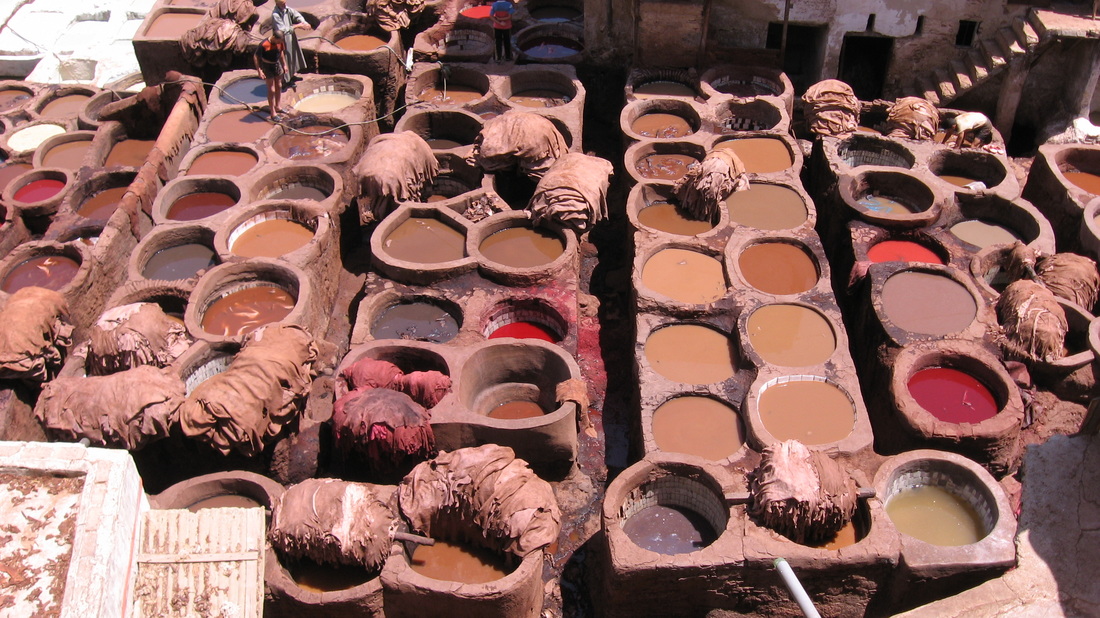As far back as 1200 B.C. the ancient Egyptians used henna on their nails and hair. Henna was also used to dye animal skins, textiles, and men's facial hair. Once the henna plant's cooling properties were discovered, painting the skin became a way for people who lived in the desert in India to cool down there body. Henna is known to cool down the body a whole degree. It cools your body down the most efficiently if applied on the palms of the hands or the soles of the feet.
For centuries, (mehndi) the art that is painted on the body — has been a well known tradition in India, Africa, and the Middle East. In some parts of the world the henna plant is believed to strengthen love and good fortune, and to protect against evil. Mehndi is known to be for wedding ceremonies, during important rites of passage, and in times of celebrations and ceremonies.
A paste made from the crushed leaves of the henna plant is applied to the skin, and when removed several hours later, leaves beautiful markings on the skin that fade naturally over 1 to 3 weeks.
For centuries, (mehndi) the art that is painted on the body — has been a well known tradition in India, Africa, and the Middle East. In some parts of the world the henna plant is believed to strengthen love and good fortune, and to protect against evil. Mehndi is known to be for wedding ceremonies, during important rites of passage, and in times of celebrations and ceremonies.
A paste made from the crushed leaves of the henna plant is applied to the skin, and when removed several hours later, leaves beautiful markings on the skin that fade naturally over 1 to 3 weeks.
How henna has been used in the past
|
Besides being the key ingredient in Mehndi. Henna has also been used to dye hooves and manes of horses, and to color wool and cotton, silk, and animal skins, as well as men's beards. Studies of mummies dating back to 1200 BC show that henna was used on the hair and nails of the pharaohs.
|


